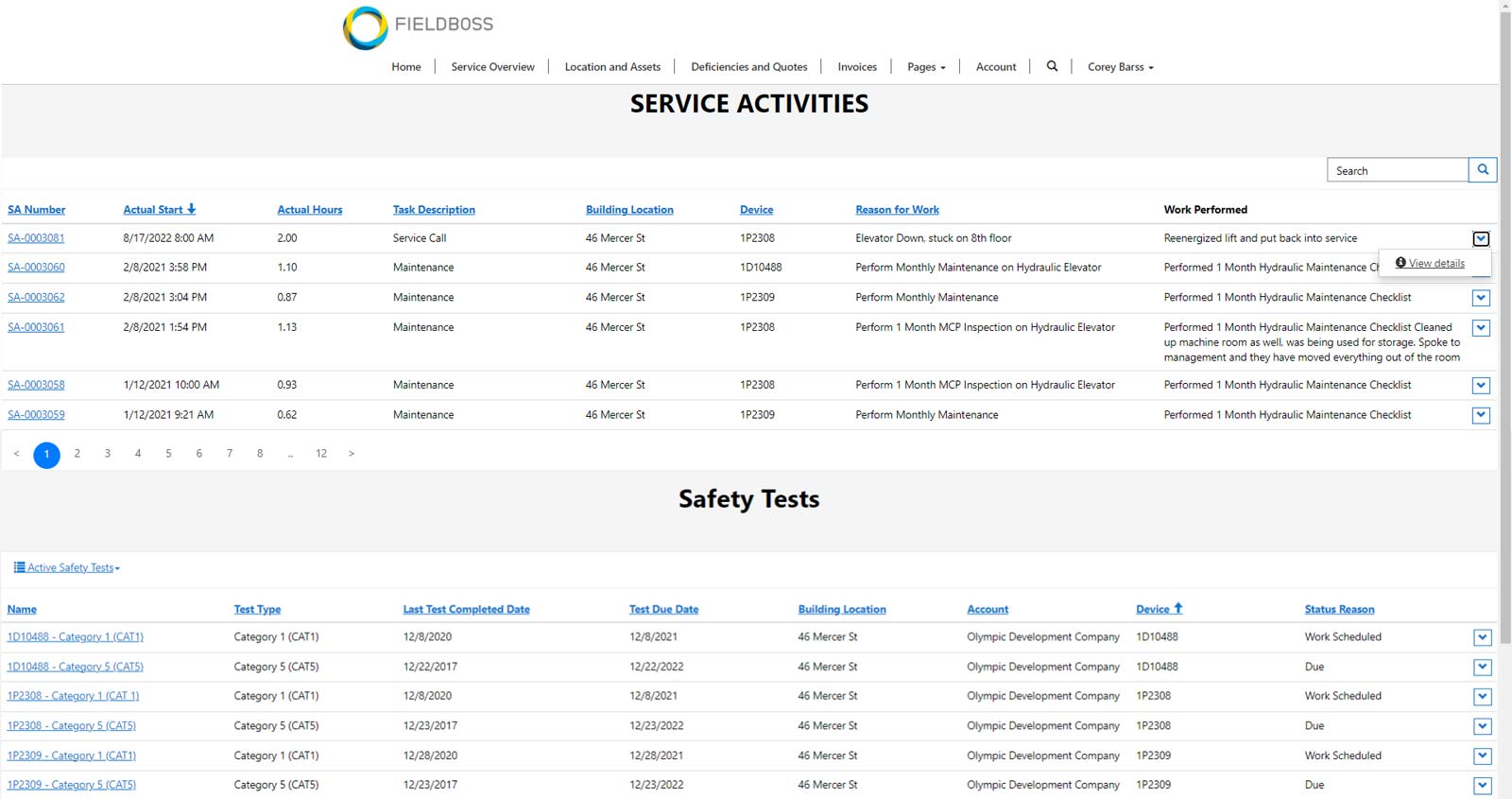Data helps manage maintenance costs, safety and regulatory compliance.
In the elevator industry ecosystem of building owners, property managers, contractors, field staff, consultants and regulators, data transparency related to elevator performance, service and maintenance efficacy is something that has been talked about for years but has yet to be achieved. Ultimately, it is the traveling public who requires conveyance safety and reliability as the ultimate measure of industry performance.
Building owners are the ones who have the most at stake economically. They need assurance that they are receiving the maintenance and service they contractually agreed to and for which they are paying. Cash flow and building valuation is predicated on attracting and retaining tenants, controlling operating costs and deferring modernization. Litigation can also have an exponential impact on valuation and insurance costs.
In a world of service commoditization, there are endless examples of contractors differentiating themselves based on the claim that they can be trusted more than their competitors. Sales tactics include instilling fear into a prospect that other contractors don’t perform maintenance, that the work done is substandard or is noncompliant with prescribed tasks.
The industry often thinks about the root source of all its problems at the field staff level. A certain percentage of the elevator field staff do their jobs better than others. The work they are assigned is not always performed given the lack of real time oversight as field staff often do their jobs independently and in isolation.
These conditions have helped spawn a line of business for consultants whose purpose is to provide oversight and accountability to building owners. It’s also the reason why regulators need to exist.
Who Benefits From Data Transparency and Availability?
With any market that is inefficient due to imbalances in access to information, the spark for disruption can be adopting technologies that take the human element out of the equation. What that looks like is dependent on who the users are, and what they need out of the data.
- Tenants could benefit from an accessible database or rating system that would enable them to make informed decisions as to whether to occupy a building or not.
- Building managers and owners need data to attract and retain tenants, manage costs and ensure regulatory compliance.
- Contractors and field staff need data to manage maintenance costs, safety and regulatory compliance. They need to run their business in a cost-effective way that also delivers market rate pricing and margins given the capital they have invested and the risk they assume by being in the elevator industry. Being able to analyze timely, accurate data is the best way to achieve that goal.
How To Access All That Data
Transparency for all can be most easily achieved if contractors run their business using software platforms that enable access to data, and contractor systems are the first place to get that data.
- Business management platforms track checklist tasks that include pictures and video for proof of maintenance task completion. Embedded GPS technician tracking can provide actual time and attendance accountability.
- Elevator devices themselves are a rich source of data when equipped with IoT sensors that track and publish mechanical performance telemetry. This data can be combined with service ticket history for extremely deep device insights that can be very valuable to experienced elevator service professionals.
- Simple email can be leveraged to update building owners and managers that field staff have arrived and completed scheduled maintenance. This can be automated by establishing trigger events to generate email communication.
- Contractors’ business management systems can be configured to allow consultants to receive on-demand access to service ticket information. Systems can even be configured to accommodate consultant-specific codes that align with the way the consultants like to analyze and present data. These systems can be set up to either give the consultants access in real time or after an agreed-upon time interval where the contractor can have a chance to review the service tickets first.
- For devices that have sensors, contractor maintenance service activities can be combined with device telemetry to give a more complete picture of what is happening with the elevator. This type of data will be more useful to consultants or senior field staff, as opposed to building managers or owners.
With any market that is inefficient due to imbalances in access to information, the spark for disruption can be adopting technologies that take the human element out of the equation.
Obstacles and Costs
While there are numerous benefits to providing data transparency, contractors need to be aware of the costs and pitfalls involved in getting there.
The greatest obstacle in the industry is that most contractors run their business on sub-standard software solutions. The issues range from outdated technology platforms, poor data structure, functionality limitations or software provider inability to execute. These issues can be so significant that data transparency may not even be possible given the excessive risk that the data published by the contractor may be factually incorrect.
Security setup is a material consideration. Data needs to be parsed such that specific record types are exposed to specific users. Given the complexity of systems today, there is never an easy way to configure this in a system. It is time consuming meticulous work. For contractors using multiple systems, this becomes even more time consuming and prone to errors.
A common expectation is that putting data into a portal for customers to self-service will reduce the number of inquiries from customers, free up contractors and enable invoices to be paid faster. In fact, our experience with customer portals is the opposite. With portal access to service tickets, device information and invoices, the number of inquiries increases, especially from building managers who are responsible for cost management.
Real-Time Data Collection and Economic Equilibrium
Despite the challenges above, when data is aggregated and available either internally or externally, data transparency can deliver economic equilibrium for all members of the elevator industry community.
Get more of Elevator World. Sign up for our free e-newsletter.











